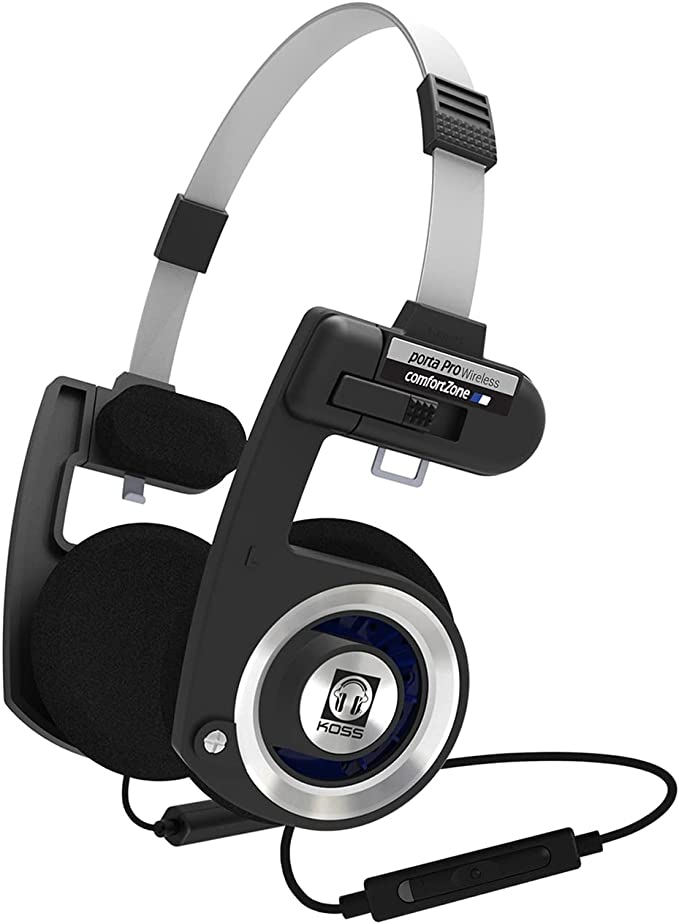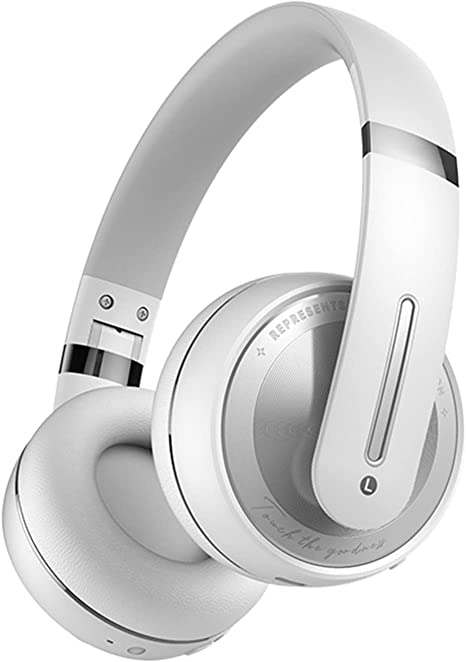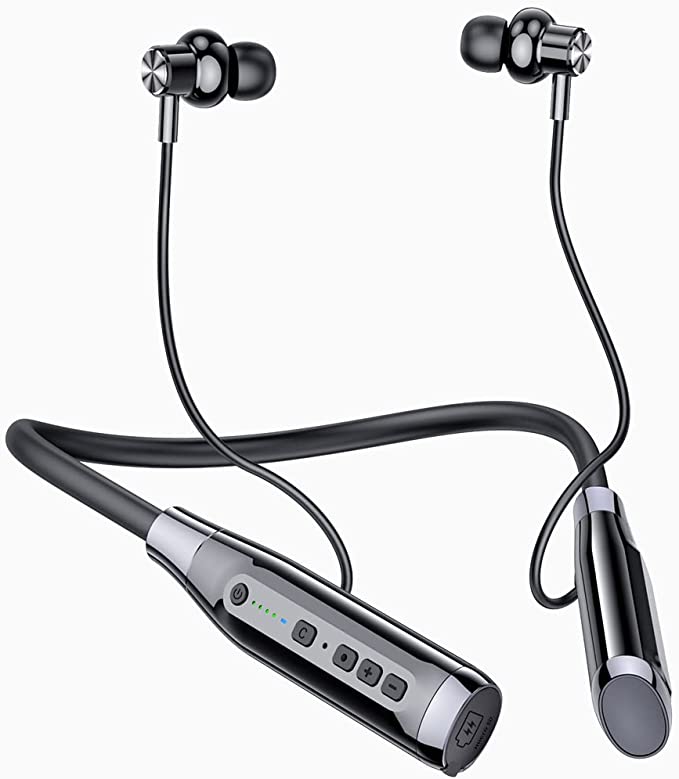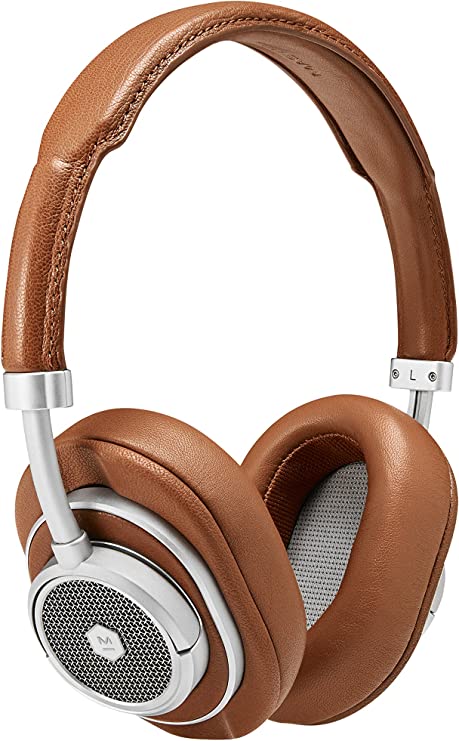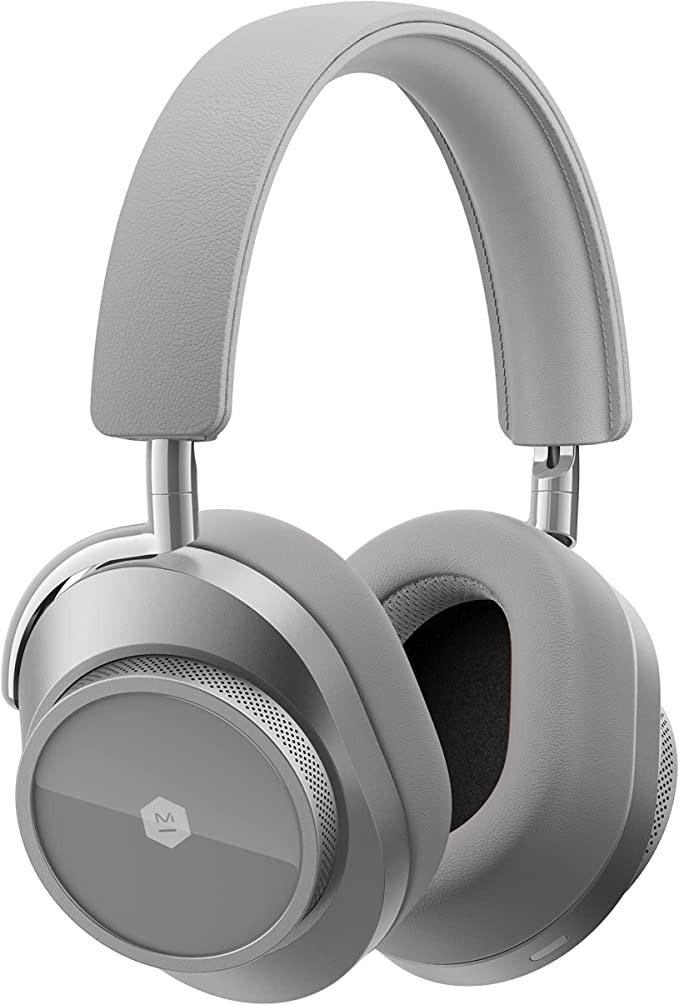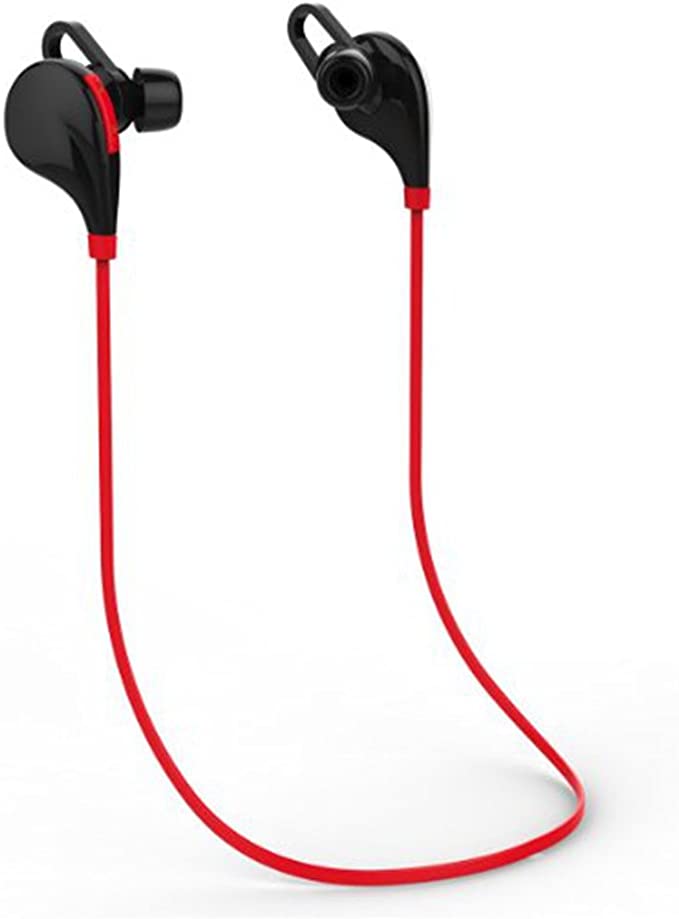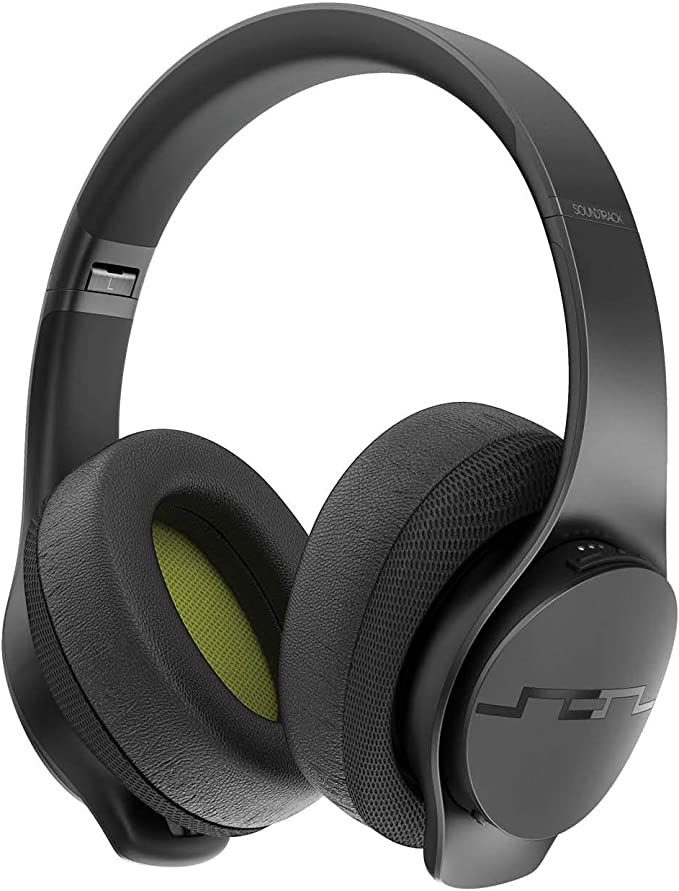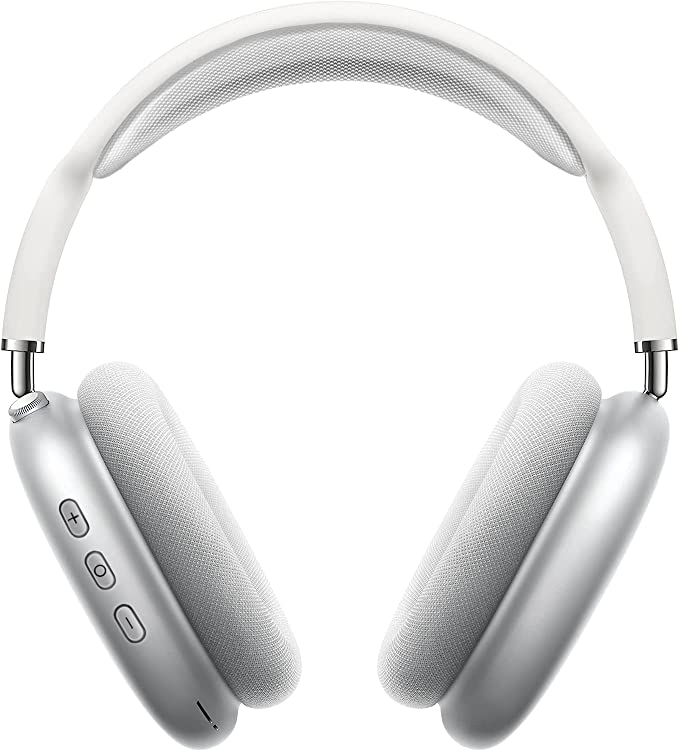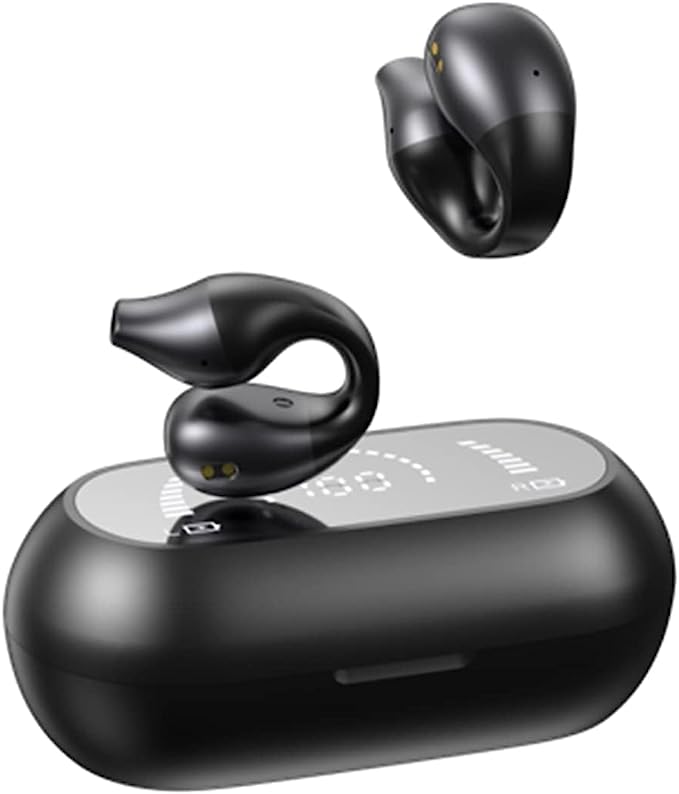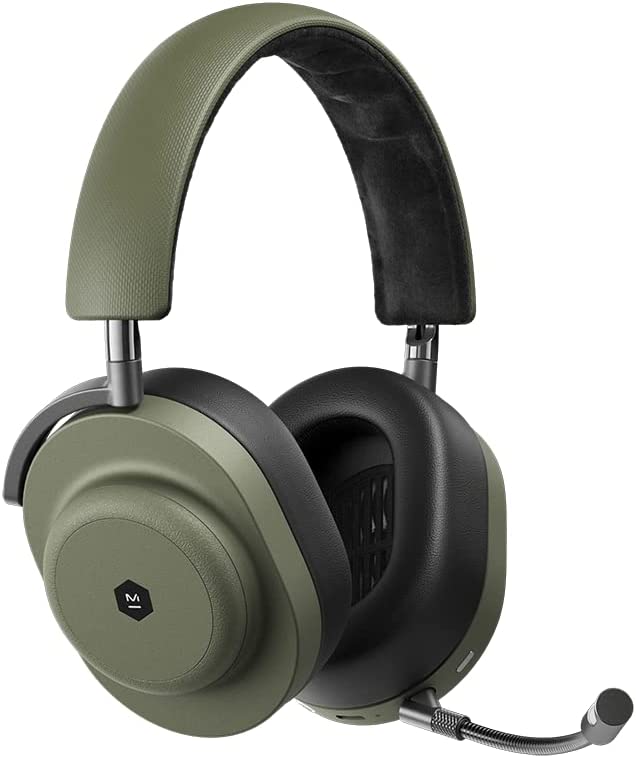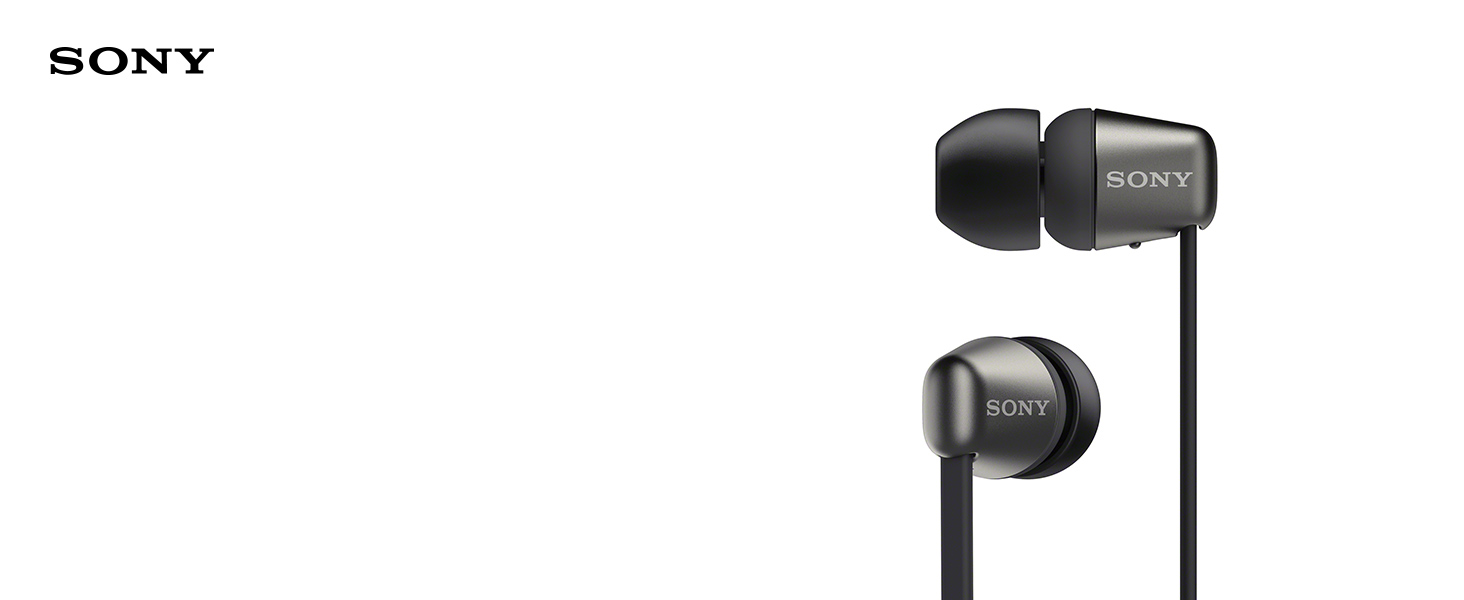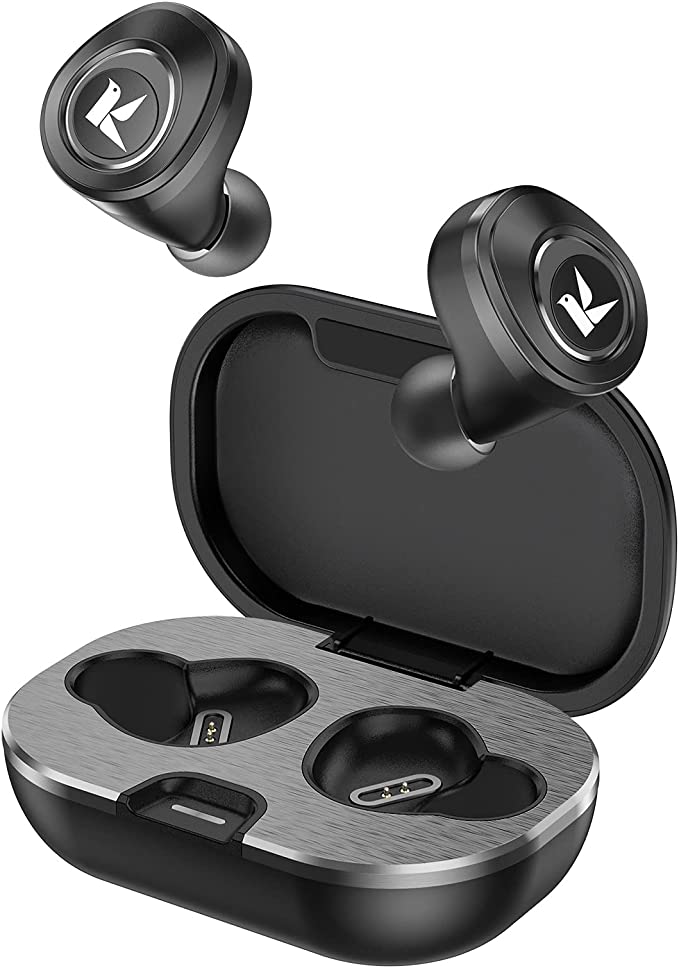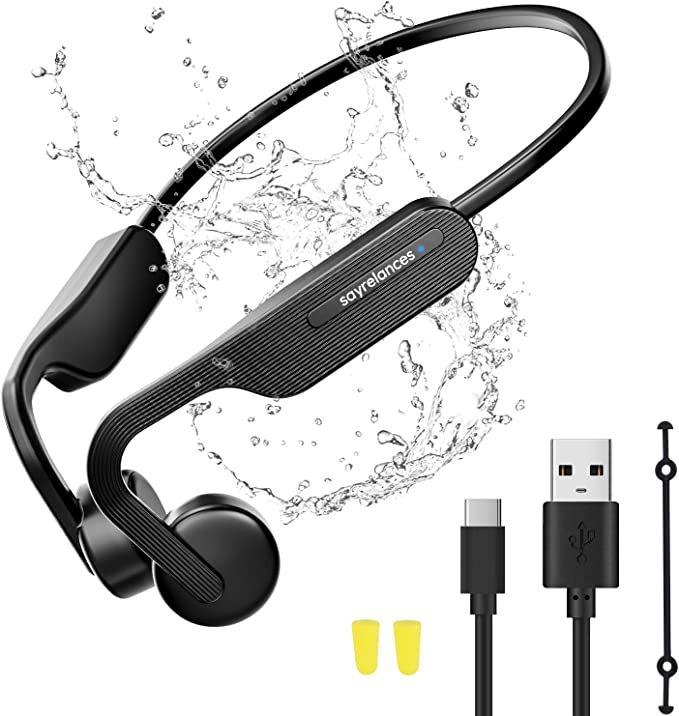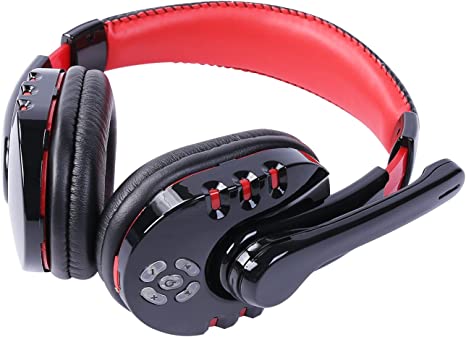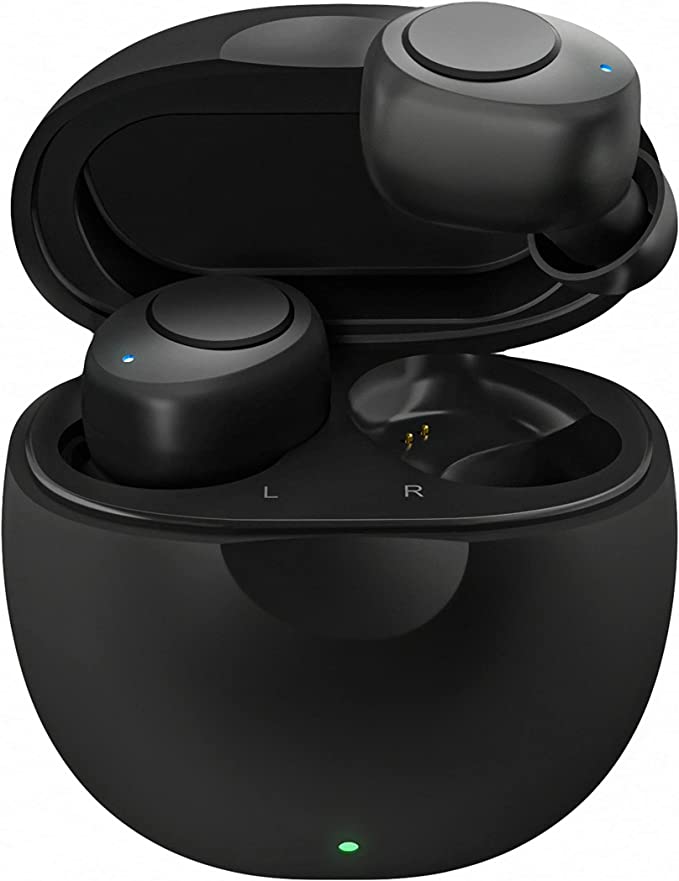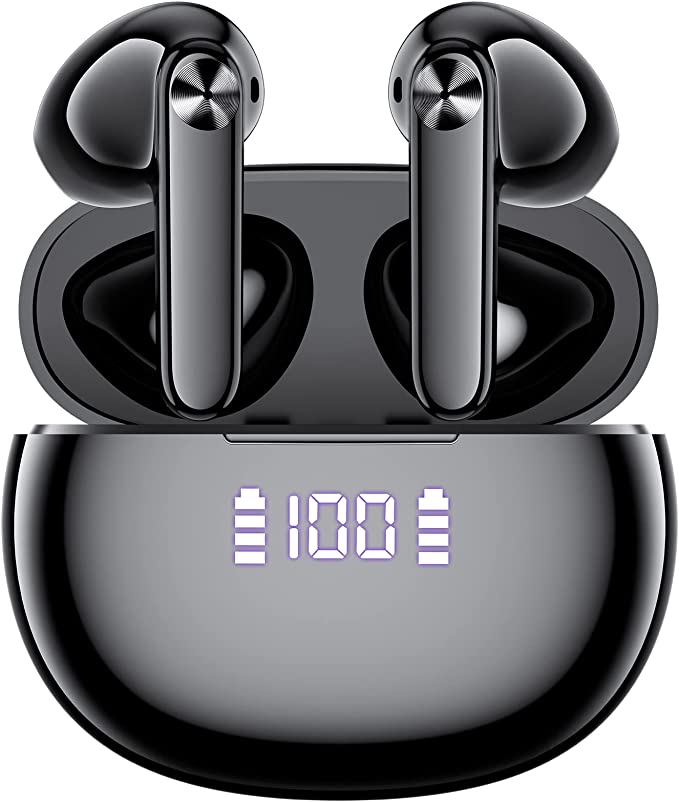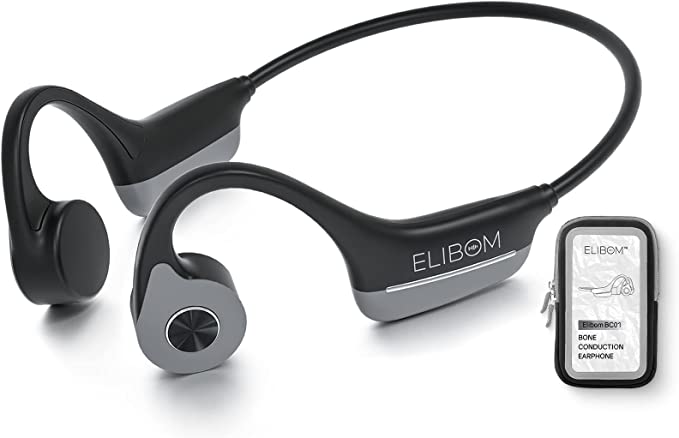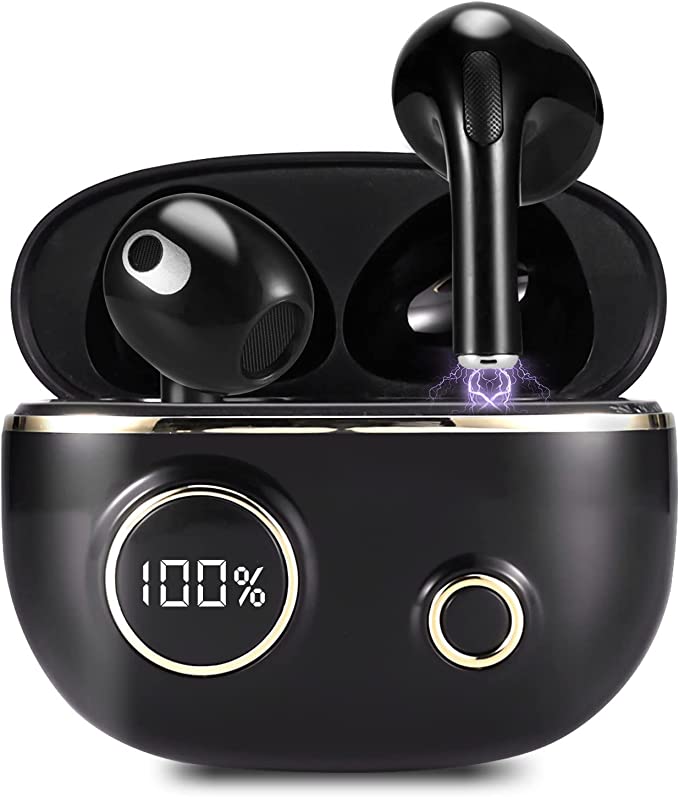JBL Tune 500BT Wireless Headphones: Pure Bass Sound & All-Day Comfort
Update on March 21, 2025, 4 a.m.
Imagine a world without wires. No tangled cords snaking across your desk, no frustrating knots to untangle before your morning run. This is the promise of wireless audio, a technology that has fundamentally changed the way we experience sound. But this freedom didn’t appear overnight. It’s the culmination of decades of scientific innovation, a journey from bulky, crackly transmissions to the crystal-clear, immersive sound we enjoy today.
The earliest forms of wireless audio relied on rudimentary radio technology, often plagued by interference and poor fidelity. Think of the crackling static of early radio broadcasts – a far cry from the pristine audio we expect from our headphones today. But the underlying principle was revolutionary: transmitting sound waves through the air, untethered by physical connections.

Breaking the Chains: The Evolution of Bluetooth Technology
The real breakthrough came with the advent of Bluetooth, a short-range wireless technology that revolutionized personal audio. The name itself is a nod to history, inspired by Harald Bluetooth, a 10th-century Danish king who united warring tribes. Similarly, Bluetooth technology was designed to unite different devices, allowing them to communicate seamlessly.
Bluetooth operates in the 2.4 GHz ISM (Industrial, Scientific, and Medical) band, a portion of the radio spectrum reserved for unlicensed use. This band is also used by Wi-Fi, microwave ovens, and other devices, which can sometimes lead to interference. However, Bluetooth employs a technique called frequency-hopping spread spectrum (FHSS) to mitigate this issue. FHSS rapidly switches between different frequencies within the 2.4 GHz band, making it less susceptible to interference from other devices.
When you connect the JBL Tune 500BT to your smartphone, they perform a “pairing” process. This involves exchanging information and establishing a secure connection. The headphones and your phone agree on a hopping sequence, allowing them to “talk” to each other without interference.
But how is sound actually transmitted over Bluetooth? This is where audio codecs come into play. A codec is a piece of software that encodes and decodes digital audio data. The JBL Tune 500BT likely uses the SBC (Subband Coding) codec, a mandatory standard for Bluetooth audio. SBC is a relatively simple codec, prioritizing efficiency over audio quality. There are more advanced codecs like AAC (Advanced Audio Coding), commonly used by Apple devices, which offer better sound quality at similar bitrates. However, both the transmitting and receiving devices need to support the same codec for it to work.
The Heartbeat of Sound: Exploring JBL’s Pure Bass
JBL has built a reputation for delivering powerful, bass-heavy sound, and the Tune 500BT is no exception. Their “Pure Bass” technology is a combination of careful acoustic design and driver selection. But what does “bass” actually mean, and why is it so important to the listening experience?
Sound, fundamentally, is vibration. When you pluck a guitar string, it vibrates back and forth, creating pressure waves in the air. These waves travel to our ears, where they are interpreted as sound. The frequency of these vibrations – how many times they occur per second – determines the pitch of the sound. Low frequencies correspond to bass sounds, while high frequencies correspond to treble sounds.
The human ear can typically hear frequencies ranging from 20 Hz (Hertz, or cycles per second) to 20,000 Hz. Bass frequencies generally fall in the range of 20 Hz to 250 Hz. These low-frequency sounds provide the foundation and fullness of music, giving it a sense of power and depth. Think of the rumble of a bass drum or the deep resonance of a cello – these are the sounds that JBL’s Pure Bass technology aims to enhance.
How does JBL achieve this? It starts with the driver, the component within the headphones that actually produces sound. The JBL Tune 500BT uses a dynamic driver, which is the most common type of headphone driver. A dynamic driver consists of a diaphragm (a thin, flexible membrane), a voice coil (a coil of wire), and a magnet. When an electrical signal passes through the voice coil, it creates a magnetic field that interacts with the magnet, causing the diaphragm to vibrate and produce sound.
The size and materials of the diaphragm, the strength of the magnet, and the design of the earcup enclosure all play a role in shaping the sound signature of the headphones. JBL engineers likely tune these elements to emphasize the lower frequencies, creating the characteristic “Pure Bass” sound. This might involve using a larger diaphragm, a stronger magnet, or a specific earcup design that enhances bass resonance. Without detailed specifications of proprietary technology, precise workings remain with JBL.
Powering the Performance: A Look Inside Battery Technology.
The freedom of wireless headphones comes with a reliance on batteries. The JBL Tune 500BT, like most portable electronics, uses a lithium-ion battery. These batteries have become ubiquitous due to their high energy density (meaning they can store a lot of energy in a small space), relatively long lifespan, and lack of “memory effect” (a problem with older battery technologies where the battery would “remember” its previous charge level and lose capacity over time).
A lithium-ion battery works by shuttling lithium ions between two electrodes: an anode (typically made of graphite) and a cathode (typically made of a lithium metal oxide). When the battery is discharging (powering the headphones), lithium ions move from the anode to the cathode through an electrolyte (a liquid or gel that conducts ions). This movement of ions creates an electrical current that powers the headphones. When the battery is charging, the process is reversed: lithium ions are forced to move from the cathode back to the anode.
The JBL Tune 500BT boasts up to 16 hours of battery life, a respectable figure for on-ear headphones. This means you can listen to music all day long without needing to recharge. And when you do need to recharge, a 2-hour charge provides a full battery. This is enabled by efficient power management circuitry within the headphones, which minimizes energy consumption when the headphones are not in use.
Comfort in Every Note: The Ergonomics of On-Ear Headphones
Headphones are not just about sound; they’re also about comfort. After all, even the best-sounding headphones are useless if they’re painful to wear. The JBL Tune 500BT are on-ear headphones, meaning they sit directly on the ears rather than enclosing them completely (like over-ear headphones) or inserting into the ear canal (like earbuds).
On-ear headphones offer a good balance between portability and sound quality. They’re generally smaller and lighter than over-ear headphones, making them easier to carry around. However, they can sometimes put pressure on the ears, leading to discomfort during extended listening sessions.
The JBL Tune 500BT addresses this potential issue with a lightweight design and soft ear cushions. The ear cushions are likely made of a breathable material, such as protein leather or foam, to minimize heat buildup and sweating. The headband is also designed to distribute pressure evenly across the head, reducing the clamping force on the ears. The foldable design further enhances portability, allowing you to easily stow the headphones in a bag or backpack when not in use. The included LED flashlight keychain is a small but useful addition, particularly in low-light situations. It’s not a core feature of the headphones, of course, but it adds a touch of practicality.
The Future of Sound
The JBL Tune 500BT represents a snapshot of current wireless audio technology – a blend of convenience, performance, and affordability. But the world of audio is constantly evolving. We can expect to see further advancements in Bluetooth technology, with improved codecs that offer even higher fidelity and lower latency (the delay between the audio signal and the sound you hear).
Active noise cancellation (ANC), a technology that uses microphones to detect and cancel out ambient noise, is becoming increasingly common in headphones. While the Tune 500BT doesn’t feature ANC, future iterations or higher-end models might incorporate this technology.
Beyond improvements in existing technologies, we might also see entirely new approaches to audio emerge. Spatial audio, which creates a more immersive, three-dimensional soundstage, is gaining traction. And research into bone conduction headphones, which transmit sound through the bones of the skull rather than the eardrums, continues to advance. The future of sound is bright and full of possibilities.
